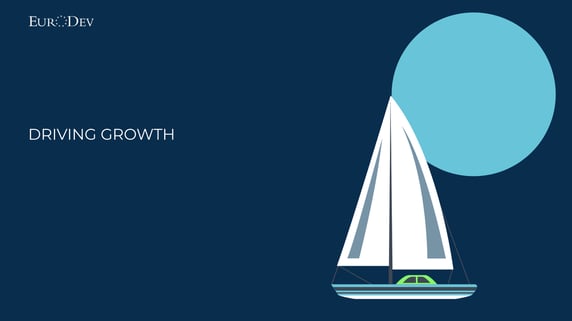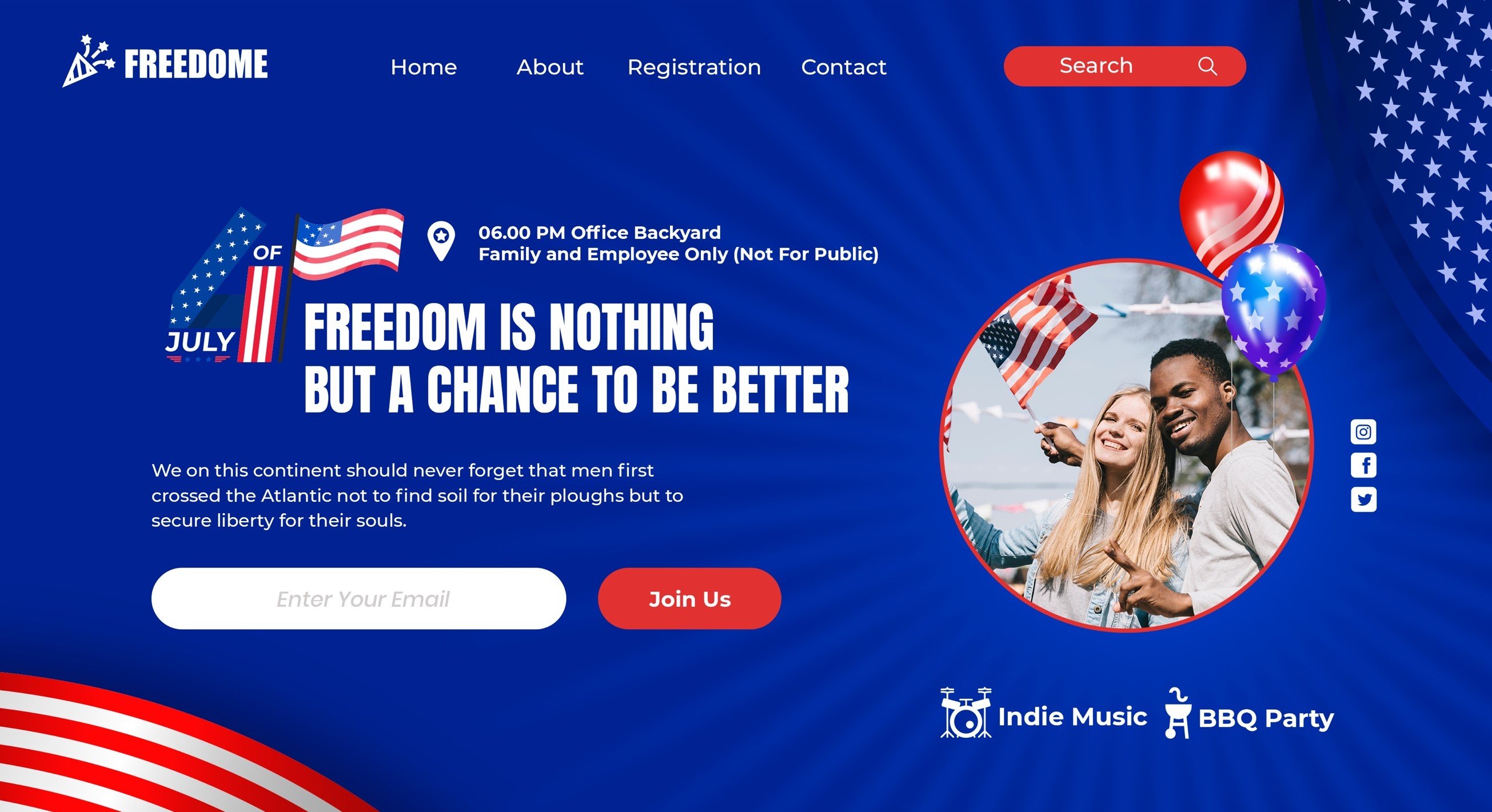The Importance of Local Landing Pages in the EU Market
Did you know that around 69% of purchasing decisions start with a search on the Internet? In the digital age, more sales are being made online, resulting in over two billion people purchasing goods or services online in 2020.
To appear credible and professional, your company needs a well-structured and modern website and an informative landing page that presents your products and services perfectly.
But what exactly is a landing page? What makes it different from other sites? And why is it so important to have a local landing page? In this blog, you'll discover the importance of local landing pages in the European market.
What is the Difference Between a Landing Page and a Homepage?
The homepage is there to give an overall impression of your company. A visitor who doesn't know you or your company yet will get a good impression of what your company offers and why it is unique. A home page is usually structured with various links and call-to-actions to invite visitors to browse through. Ideally, there is a call-to-action for lead generation to induce a reader to perform a certain action, like filling in a form.
.png?width=594&height=275&name=Screenshot%20(18).png)
A landing page, on the other hand, has only one goal – that the desired action is carried out. There is nothing that could distract visitors from acting. Anything that distracts will make the lead lose valuable attention.
.png?width=537&height=411&name=Screenshot%20(19).png)
A classic example is the following: a visitor clicks on an ad in Google and lands on a landing page instead of the homepage. A homepage has no focus. A landing page, on the other hand, does. It fits the ad perfectly. It solves exactly one problem or focuses on a specific target group.
What is a Landing Page?
There are many different and confusing definitions of landing pages, as it always depends on which marketing area you come from. Basically, a landing page is a page that your visitor lands on. The visitor clicked on something that brought it here. This can be, for example, a banner or a link in an email.
On a landing page, the focus is on a certain offer – a certain action. This is displayed without any distractions. Therefore, on a landing page, you will also find certain elements, such as brochure downloads or contact forms.
With landing pages, the focus is on a specific campaign or promotion. Your landing page works alone, which means that most of the time, there is no relationship to the actual corporate website. Therefore, your landing page does not have the navigation of the homepage, but it's down to several components of the page or none at all.
What Types of Landing Pages Are There?
When you create a landing page, you can focus on many actions for your visitor:
- Generate a lead
- Buy a product
- Book a service
- Arrange an initial meeting
- Visit a real place
- Make a registration
- Donate money, etc.
In essence, however, you can summarize these points in two broad categories:
Opt-in
These are landing pages that focus on collecting contact information from leads (mostly email and name). To do this, they use a contact form as a call-to-action. They are often used in B2B marketing.
Click-through
These are landing pages that make the offer appealing to potential customers before they lead them further through the sales funnel. To do this, they use a simple button as a CTA. They are often used in the e-commerce sector.
The Importance of Landing Pages
Landing pages are an important part of inbound marketing. Without them, the sales process would be much harder. The big advantage is the focus: One page – One act. The clarity and simplicity ensure that a good landing page converts better than a general page.
In detail, there are four major advantages:
More traffic
Well-produced landing pages can rank higher in search engines. Every time you create a new landing page, it means that you get more opportunities to be found in search results.
More leads
Studies show that companies that use 40 or more landing pages generate 120% more leads than companies that use five or fewer. The same applies here: the more landing pages, the more leads you get.
More sales
Landing pages have proven to have the highest conversion rate based on the contact form or call-to-action on the page. This means you have a higher chance to make sales than on any other page.

Relevancy
In the case of a dedicated translated and localized landing page, you are much more relevant to your specific target audience. You speak their language, and how you are active in their industry.
Location-Based Landing Pages for the European Market
If you compare European landing pages with North American ones, you will see clear differences between the continents. In most European countries, designs are much 'cleaner' than designs we see on North American landing pages.
Apart from the design, it's important to have country-specific domains or an overall .eu domain. In order to claim one of these domains, it is required that you have a presence in continental Europe.
Regarding the differences in the markets, having local landing pages, microsites, or websites is the foundation for online success in Europe.
European landing page:
.png?width=1141&height=564&name=Screenshot%20(24).png)
American landing page:

Conclusion
Landing pages are an important part of Digital Marketing services. This is where the conversion happens. A clear goal. Without distraction.
Being the foundation of your European online presence, it's important to drive traffic to your European websites. We help you design and develop them so they are optimized for your target countries. With every website we create, we keep SEO and user experience in mind, making them fast, responsive, and easy to navigate.
If you’re interested in more detailed information about local landing pages or the opportunities for your brand in Europe, then please contact us.
Category
Related articles
-

Lost in Translation: Why AI isn’t enough for SEO research
Last updated: 24 July 2025AI tools can speed up SEO research—but they often miss context, intent, and nuance. Discover why...
Read more -

5 GDPR Non-Compliance Risks: Consequences in Europe
Last updated: 18 July 2025Discover 5 risks of GDPR non-compliance and why understanding data protection rules is critical for...
Read more -

Web Development in Europe: How Do EU Development Costs Compare to the US?
Last updated: 23 May 2025Expanding your business to Europe? Discover how web development costs in the EU compare to the US —...
Read more

